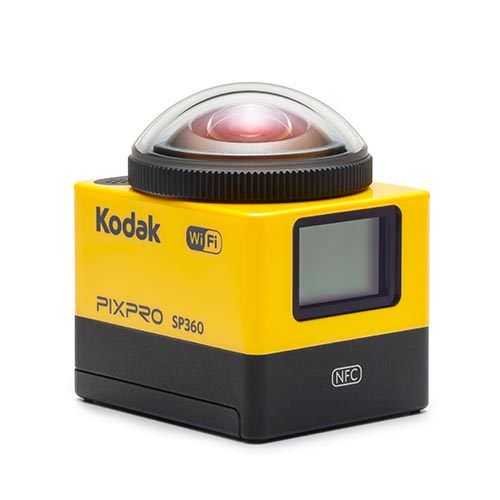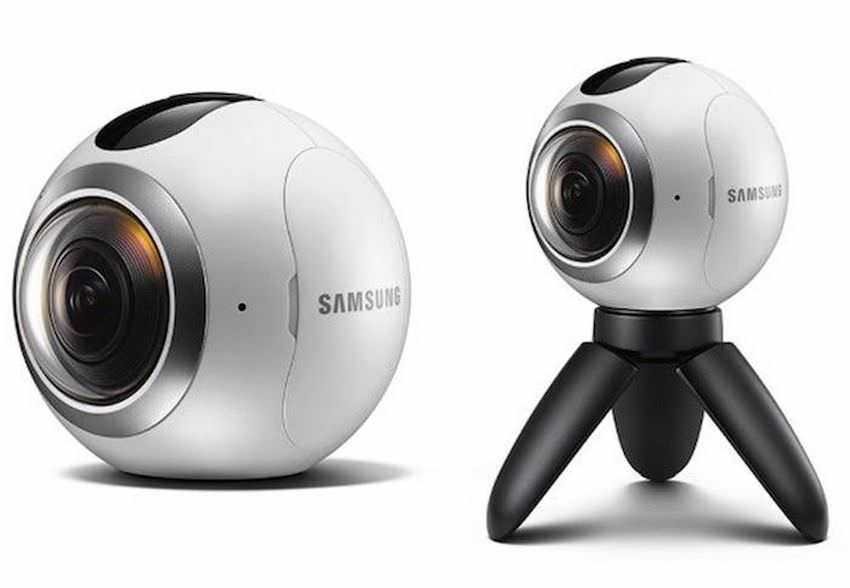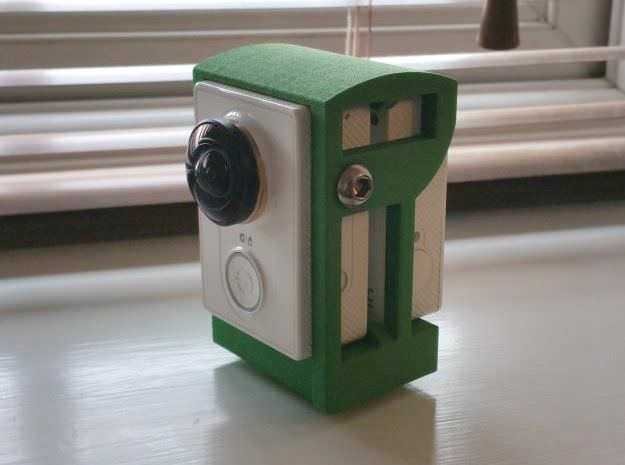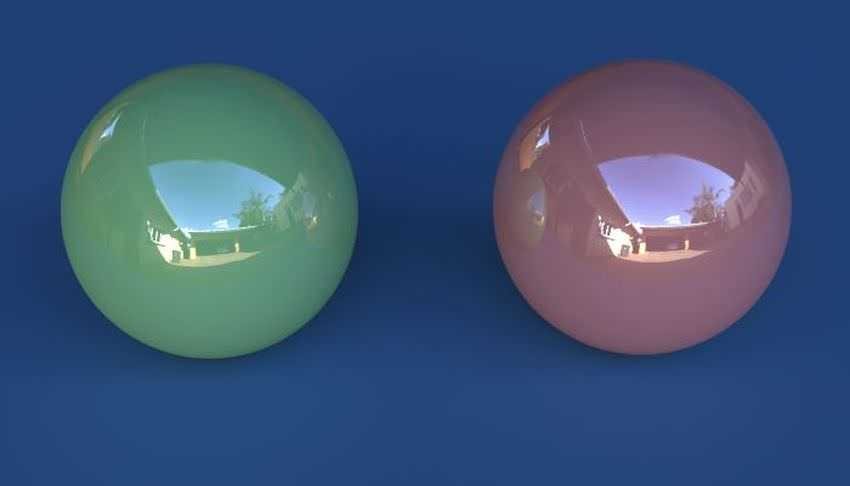The photo in recent years with the help of technology has changed a lot. In this terminology, the words 3D and 360 have been added. In this article we will describe the basics of a 360 photo level (and of course video) as well as some basic principles on how to take pictures with this amazing new imagery.

Essentially there are two ways to get one photo 360: 1) with a very wide-angle lens or a pair of lenses and 2) by taking multiple photos together and stapling them.
Lately there have been a number of super wide angle cameras lenses of 180º degrees, that is, with a visual angle greater than what you can see even with the human eye (in most people it amounts to about 160º-170º). Cameras, such as Kodak SP360, για παράδειγμα, έχουν ένα ενιαίο σούπερ ευρυγώνιο φακό στην κορυφή της φωτογραφικής μηχανής, ο οποίος παίρνει 360º οριζόντια και περίπου 214º κατακόρυφα. Αυτό σημαίνει ότι υπάρχουν κάποιες information που λείπουν στο κάτω μέρος της εικόνας, όπου βρίσκεται το σώμα της φωτογραφικής μηχανής.

The way to get a true 360º x 360º image that records the entire field of view is to have two back-to-back lenses, such as Samsung Gear 360. The lenses are folded around the camera providing a mostly unobstructed view. Obviously the tripod or the person who has the camera is also in the shot.

Once you take photos or videos with these cameras, you can view them on a phone or a computer. Obviously on a phone you can see the whole picture by moving the phone around you, since modern smartphones have built-in accelerometers and gyroscopes for their orientation.
It can be even more fun if you put the phone in a VR headset so you can use your head to look around.

Finally, there are advanced options if using twin cameras, such as Brahma Duet from Brahma360.com, which specializes in printed 3D bases, special to fit lenses and special software to synchronize your cameras and to stitch the images in real time .

The second way, which is more economical and more professional to create images 360 degree is by taking multiple images with one camera on a tripod and stapling them together with special software, such as Hugin. This, of course, is a very hard work. You should take the pictures by making a circle, turning the camera and making sure that all images overlap. It is very annoying and time-consuming, which raises the question, why do you do it this way when you can do it with a click and a camera that has a 360º lens?
For starters, the resolution of the final image will be much, much higher than you can afford a camera 360º lens and can also make and technical photos as get high dynamic range images 360 degree with naturalistic lighting 3D graphics.

The most advanced version of the above technology is to take multiple cameras and place them in a case, and staple the photos together. Stapling is done with special software, which also synchronizes cameras to take pictures at the same time. You can also use these cases to capture a VR video with very high resolution.

In conclusion:
360 degree photography is an amazing cutting edge imaging technology and is still being developed to this day, even though there are already many commercial productthose that cover it. Because it combines both hardware and software, there are technical solutions and hardware for all cases. For amateurs of the genre you can try with a single digital camera, which we imagine you already have, and let the software do the rest.
After all, in photography a large part of the success is the subject and the moment. That's why with only a few money one can create masterpieces.



